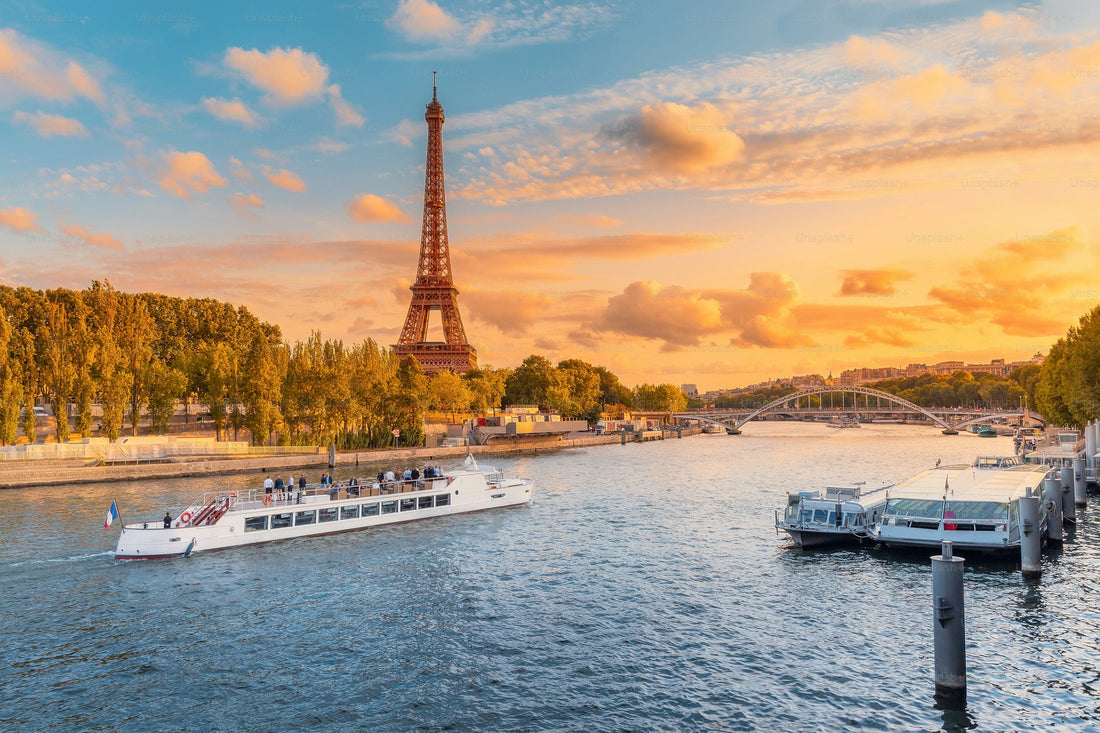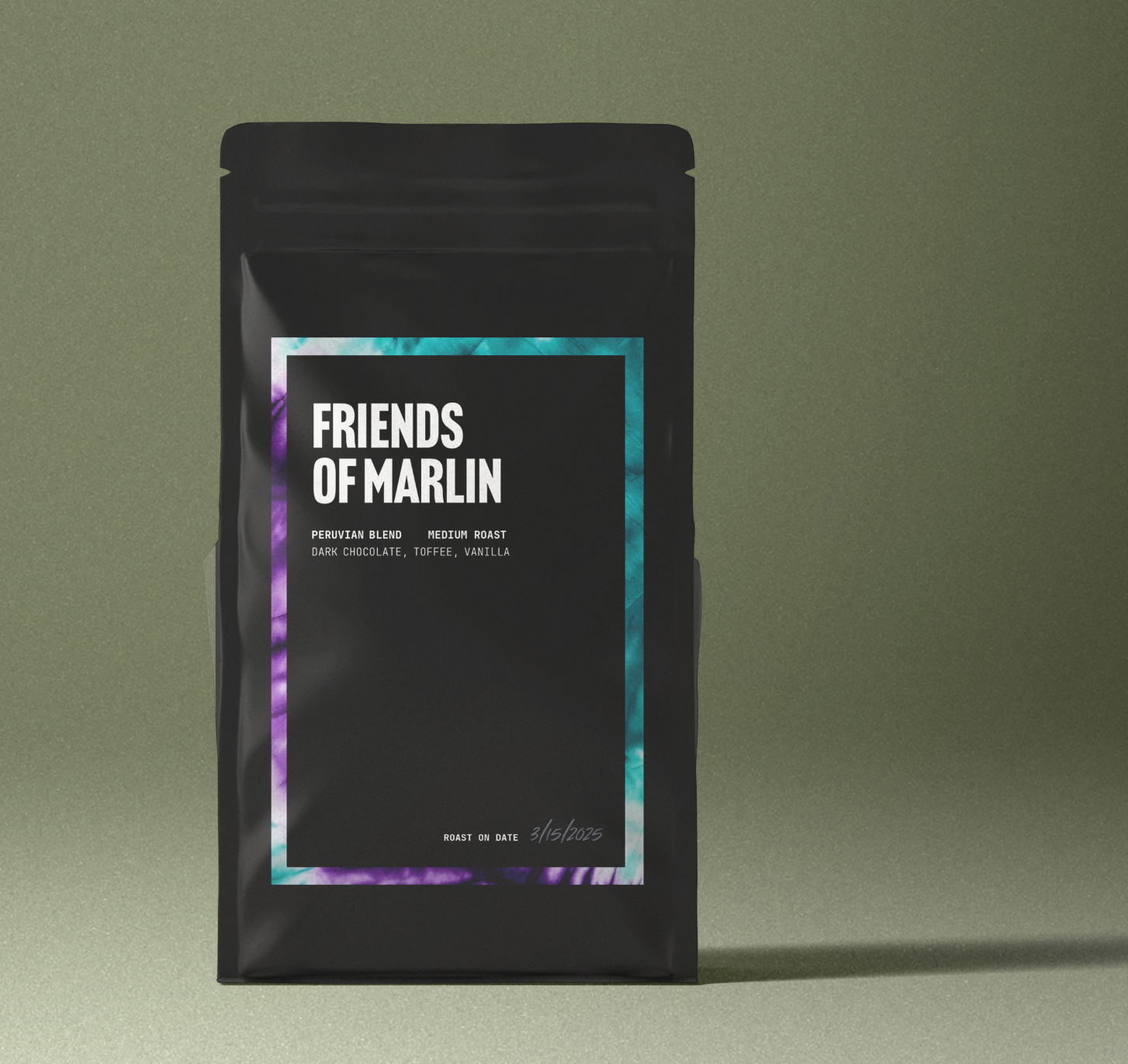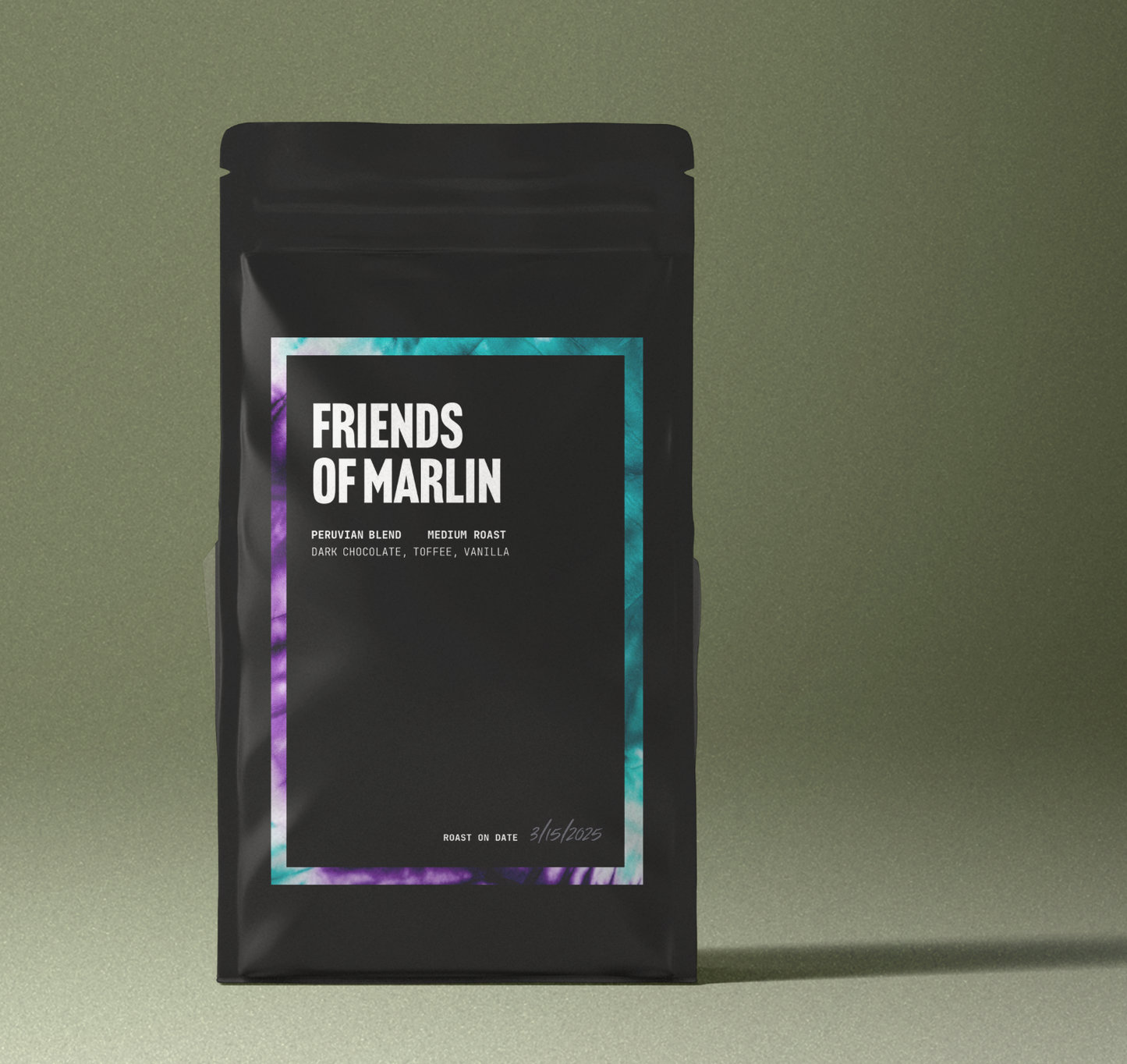
Coffee Culture in France
Share
Why French Coffee Still Matters
Ask a traveler what images pop into their head when they hear “France,” and odds are the list includes croissants, the Eiffel Tower, and a tiny porcelain cup of dark, fragrant coffee. Yet French coffee culture is more than a postcard cliché; it is a centuries‑old social fabric that continues to evolve in surprising ways. From the Belle Époque cafés that fostered revolutionary art movements to the modern micro‑roasteries of Paris, coffee in France is a story of tradition meeting reinvention. In roughly 3,000 words, let’s explore how the French drink, debate, roast, and ritualize their daily caffeine.
1. A Brief History: From Ottoman Curiosity to Parisian Necessity
Coffee first reached France in the mid‑17th century via Ottoman envoys who dazzled the royal court with this exotic beverage. By 1686, Francesco Procopio dei Coltelli opened Café Procope in Paris—the country’s first true coffeehouse—where Voltaire reportedly downed 40 cups a day while penning treatises. Over the next century, cafés multiplied, becoming hotbeds of Enlightenment thought and, later, revolutionary plotting. When the guillotine fell silent, café culture marched on, cementing coffee as a symbol of intellectual life and democratic exchange.
2. The Classic French Café: Form, Function, and Atmosphere
Walk into a traditional café in Lyon or Lille and you’ll notice several constants: small round tables, wicker bistro chairs angled toward the street, and a zinc‑topped bar gleaming with brass fixtures. The layout is designed for two quintessential French pastimes—people‑watching and conversation. A single espresso may grant you the right to occupy a table for an hour, provided you order with courtesy (“Un café, s’il vous plaît”) and avoid laptop sprawl at peak hours.
Key takeaway: French cafés prioritize social experience over speed; lingering is a feature, not a bug.
3. Understanding the French Coffee Lexicon
Ordering coffee in France can feel like decoding a secret menu. Here are the staples:
- Café: A single shot of espresso, served in a demitasse.
- Café allongé: Essentially an Americano—espresso topped with extra hot water.
- Café crème: The French cousin to a cappuccino, featuring espresso, steamed milk, and a touch of foam.
- Café noisette: Literally “hazelnut,” but no nuts involved—just a dash of milk that tints the espresso a hazelnut color.
- Café au lait: Home‑style coffee with equal parts strong drip brew and hot milk, often enjoyed at breakfast in a wide bowl.
Master these terms and you’ll navigate most menus with confidence.

4. Regional Nuances: From Parisian Terraces to Provençal Plazas
While Paris sets the global image, each region flavors its coffee rituals differently. In Marseille, locals embrace café turc—an echo of the city’s historical ties to North Africa and the Levant. Brittany favors bowl‑sized servings alongside butter‑rich pastries. Alsace, influenced by Germanic neighbors, leans toward filter coffee served with a side of Kugelhopfcake. These micro‑traditions reveal how coffee adapts to local palates while maintaining a distinctly French identity.
5. The Ritual of “Le Petit Déj”
Breakfast in France is a minimalist affair: think tartine (baguette with butter and jam) dunked into steaming café au lait.This act of dipping bread is as culturally ingrained as the Italian espresso‑and‑cornetto combo. Many French homes still own oversized ceramic bowls—no handles needed—specifically for this morning ritual. In cafés, the same pairing often arrives with a flaky croissant, offering tourists a quintessential “I’m really in France” moment.
6. Café Etiquette: The Unwritten Rules
- Seat Yourself—Usually: Unless a sign says “Service Continu,” pick an open table and wait for staff.
- One Order, One Occupant: Buying a single espresso entitles one person to the seat; sharing sips from one cup is frowned upon.
- Pay at the Bar vs. at the Table: In many brasseries, bar orders are cheaper. Table service includes a small upcharge.
- Tip Modestly: Service compris means tip included; leaving 5–10 percent in coins is polite but not obligatory.
- Laptops After Lunch? Maybe: Traditional cafés may discourage remote work. Specialty coffee shops, however, often provide Wi‑Fi and outlets.
7. The Terrace Phenomenon: Coffee as Theater
Terraces—rows of outward‑facing chairs lining the sidewalk—transform city streets into living stages. Patrons become both actors and audience, sipping coffee while observing fashion, politics, and daily drama unfold. This arrangement traces back to Haussmann’s 19th‑century urban redesign, which widened boulevards and encouraged al fresco life. The terrace remains a democratic space where a construction worker, a philosophy student, and a movie star might share the same panoramic view.
8. Coffee and the Arts: Fueling Creativity
From the Impressionists at Café Guerbois to the existentialists at Café de Flore, French artists and thinkers have long used coffeehouses as extensions of the studio or salon. Sartre drafted pages of Being and Nothingness between refills; Picasso sketched napkin doodles that later inspired canvases. Even today, up‑and‑coming poets hold readings in smoky bars of Saint‑Germain‑des‑Prés, proving coffee’s enduring role as muse and meeting ground.
9. The Rise of Specialty Coffee: France Joins the Third Wave
For decades, the French palate accepted darkly roasted, often bitter espresso as the gold standard. Around 2010, however, pioneers like Coutume, Belleville Brûlerie, and Télescope began importing lighter roasts and single‑origin beans. They introduced cupping sessions, Chemex brews, and latte art to a skeptical public. A decade later, the specialty scene is thriving not only in Paris but also in Bordeaux, Nantes, and Toulouse, where micro‑roasters highlight Ethiopian Yirgacheffe or Guatemalan Huehuetenango with tasting notes of jasmine or cacao.
Impact: Younger consumers now view coffee less as a functional jolt and more as a craft beverage akin to wine.
10. Sustainability and Traceability: A New French Concern
Climate change and ethical sourcing have nudged French roasters toward transparency. Labels detail farm location, elevation, and processing methods. Zero‑waste cafés encourage reusable cups, while some Parisian shops compost coffee grounds for urban gardens. Initiatives like Café Joyeux, which employs workers with cognitive disabilities, demonstrate how social sustainability intersects with coffee culture, widening its definition beyond flavor alone.
11. Pairings: Pastries, Chocolate, and Beyond
Coffee rarely stands alone in France. Here are classic pairings:
- Croissant au Beurre: The flaky, buttery croissant amplifies espresso’s nutty notes.
- Pain au Chocolat: Bittersweet chocolate meets the roasty edge of a café crème.
- Canelé de Bordeaux: Rum‑vanilla custard cake contrasts nicely with fruity pour‑overs.
- Macarons: Delicate almond meringues highlight light‑roasted floral coffees.
Chefs now push boundaries with coffee‑infused sauces for duck or coffee‑rubbed steak, underscoring coffee’s migration from cup to plate.
12. Workplace Coffee: From Vending Machines to Bean‑to‑Cup
French offices once relied on distributeurs automatiques—machines dispensing syrupy “café long.” Today, many companies install bean‑to‑cup espresso makers or partner with specialty roasters for weekly deliveries. This upgrade mirrors broader shifts toward employee well‑being and artisanal consumption. Meanwhile, the mandatory 15‑minute pause‑café remains sacrosanct, offering colleagues a chance to bond away from desks.
13. Coffee Economics: Pricing, Taxes, and “Le Café Serré”
A basic espresso at the bar can cost as little as €1 in provincial towns, but table service in central Paris often starts at €2.50. The VAT (value‑added tax) on non‑alcoholic beverages is 10 percent, while roasted coffee beans sold for home use incur only 5.5 percent, incentivizing retail sales. Many cafés also offer a café serré—an extra‑short pull—at a slight discount, providing an economical caffeine fix without sacrificing ritual.
14. Festivals and Competitions: Celebrating the Bean
Annual events like Paris Coffee Festival and Le French Coffee Championship spotlight barista artistry, latte art showdowns, and public cupping. Regional fêtes—such as Fête du Café in Lyon—blend live music with local roasters’ stalls, fostering community around specialty coffee. These gatherings accelerate consumer education, turning casual drinkers into informed aficionados.
15. Challenges: Balancing Heritage with Innovation
Despite specialty growth, France grapples with preserving its café heritage amid rising rents and global chains. Historic institutions sometimes shutter, replaced by fashion boutiques. Conversely, Starbucks and Costa have introduced flavored lattes, challenging purist norms. The key tension: maintaining the slow, contemplative essence of French café life while adapting to fast‑paced urban realities and evolving tastes.
16. The Pandemic Pivot: Resilience in a Crisis
COVID‑19 lockdowns in 2020–2021 forced cafés to pivot to takeaway windows and e‑commerce bean sales. Many adopted click‑and‑collect models or sold DIY cappuccino kits. The crisis inadvertently expanded home‑brewing culture; sales of French presses and Aeropresses surged. As restrictions eased, terraces filled again, underscoring the French craving for shared public space—and for coffee as its lubricant.
17. Looking Ahead: The Future of French Coffee Culture
Three trends are poised to shape the next decade:
- Hyper‑Local Roasting: Neighborhood nano‑roasters will focus on micro‑lots, offering subscription models that rival wine clubs.
- Plant‑Based Milks: Oat and almond options, once niche, are becoming mainstream, especially among younger drinkers.
- Tech‑Enhanced Service: QR‑code menus and app‑based loyalty programs streamline ordering without eroding the human touch that defines café hospitality.
If France can balance innovation with its storied café DNA, the culture will remain vibrant—perhaps even more inclusive and sustainable.
Conclusion: More Than a Beverage, a Way of Life
From the first Ottoman beans brewed for Louis XIV to the nitro‑cold‑brew taps of contemporary Paris, coffee in France has always been about more than taste. It is conversation starter, artistic fuel, social equalizer, and economic driver. Whether you’re perched on a sunlit terrace in Nice, nursing an espresso at a literary haunt in Saint‑Germain, or slurping a single‑origin V60 in a Bordeaux micro‑roastery, each sip ties you to centuries of history and to millions of fellow coffee lovers who consider the humble “café” an indispensable thread in the fabric of French life.
So the next time you swirl that dark liquid in a porcelain cup, remember: you’re not just drinking coffee—you’re tasting a culture refined over 350 years, still evolving, and forever inviting the world to pull up a chair and join the conversation.

